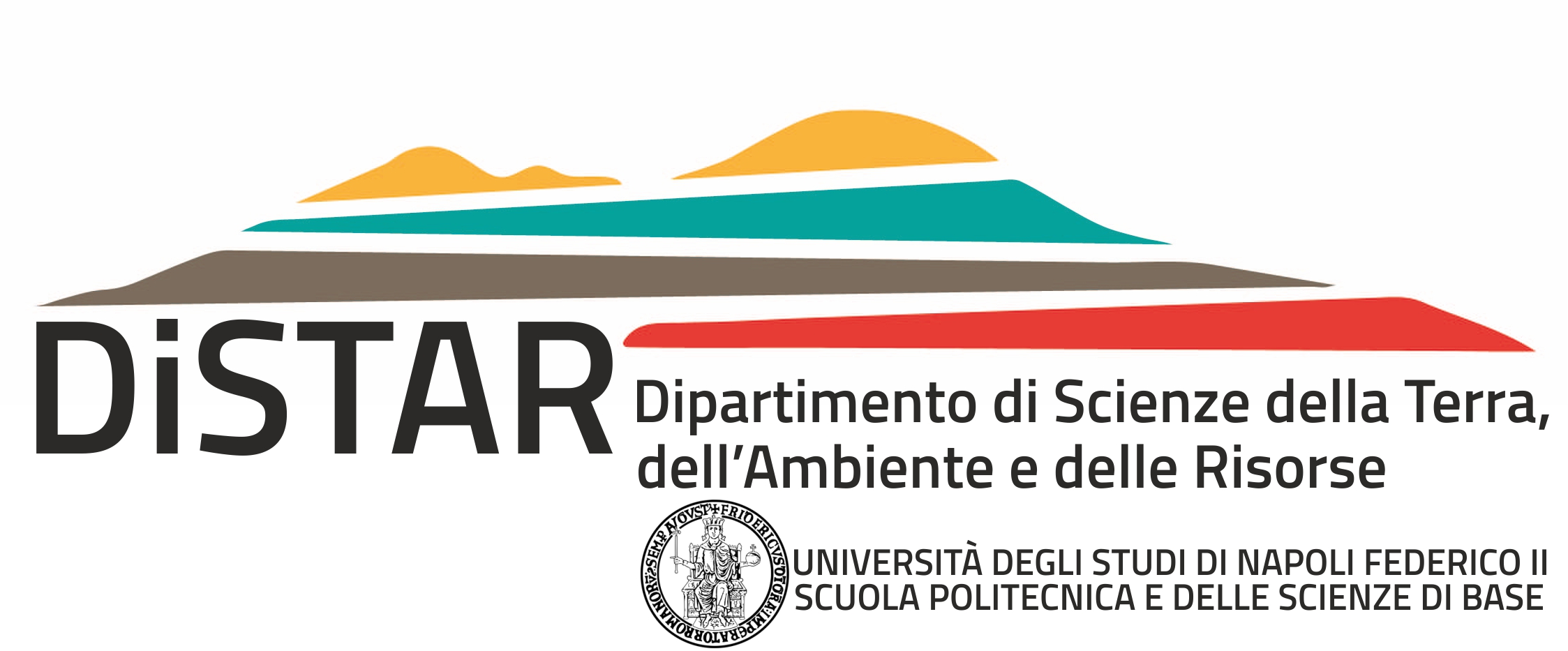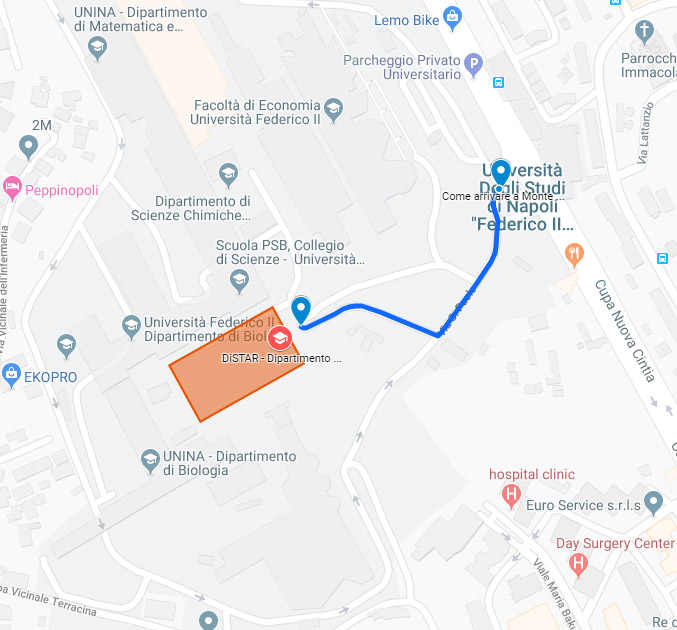Earthquake forecasting and seismic hazard
Staff: Prof. Warner Marzocchi, Prof. Jacopo Selva, Prof. Ester Piegari, Dr. Marcus Herrmann, Dr. Paola Corrado (PhD student), Dr. Annamaria Pane (PhD student at the Scuola Superiore Meridionale)
Earthquakes are a major threat for society, and reliable forecast of the expected ground shaking caused by earthquakes (usually called "seismic hazard") is the primary scientific ingredient for any sound risk mitigation action. The research program under development at the Department of Earth, Environmental, and Resources Sciences at the University of Naples, Federico II, is primarily focused on modelling the space and time evolution of the seismic sequences and the associated ground shaking for different forecasting time windows, from days to weeks to forecast the short-term evolution of seismic sequences, to years and decades for building code purposes.
Different kinds of modelling are explored, empirical, stochastic, physics-based and based on deep learning. The impact of this kind of modelling is twofold: it may provide innovative tools to decision makers for risk reduction purposes, and it allows scientists to test what they really know about the physical process which generate earthquakes.
We are actively working with the Collaboratory for the Study of Earthquake Predictability which provides an international infrastructure for a prospective, transparent and reproducible testing phase for any earthquake forecasting model.
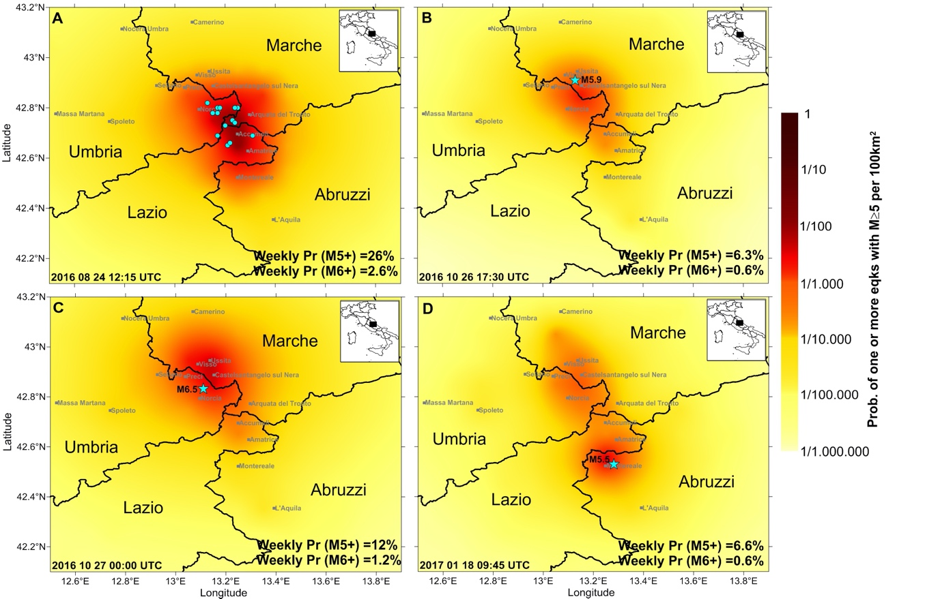 Some examples of weekly forecasts. (A) a few hours after the Amatrice earthquake and the M3.5+ earthquakes (blue-green circles) that occurred in the forecasting time window. (B) before the M5.9 earthquake (blue-green star) that occurred on October 26. (C) before the Norcia M6.5 earthquake (blue-green star) that occurred on October 30. (D) Forecast number 35, before the Campotosto M5.5 earthquake (blue-green star) that occurred on January 18.
Some examples of weekly forecasts. (A) a few hours after the Amatrice earthquake and the M3.5+ earthquakes (blue-green circles) that occurred in the forecasting time window. (B) before the M5.9 earthquake (blue-green star) that occurred on October 26. (C) before the Norcia M6.5 earthquake (blue-green star) that occurred on October 30. (D) Forecast number 35, before the Campotosto M5.5 earthquake (blue-green star) that occurred on January 18.
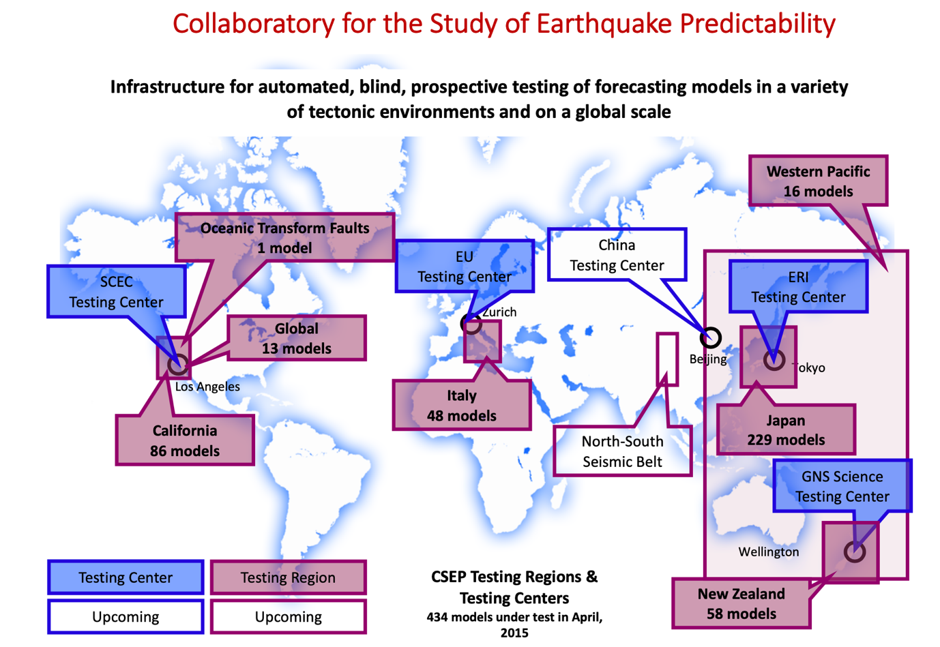 The Collaboratory for the Study of Earthquake Predictability (CSEP) international framework
The Collaboratory for the Study of Earthquake Predictability (CSEP) international framework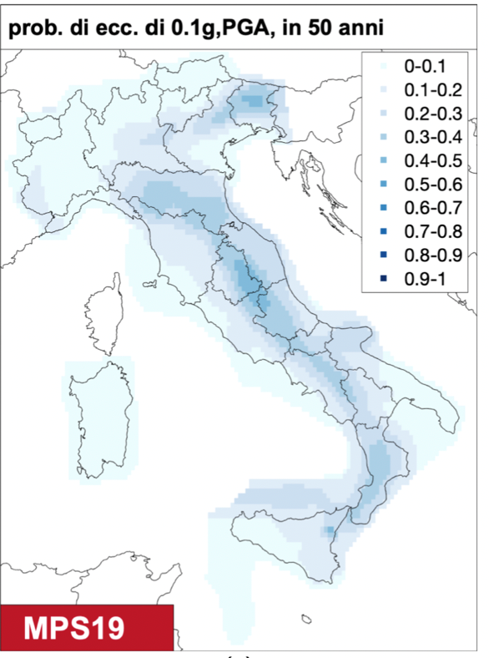 A preliminary result for the new long-term seismic hazard model for Italy (MPS19). The map reports the probability to exceed a peak ground acceleration (PGA) of 0.1 g in the next 50 years.
A preliminary result for the new long-term seismic hazard model for Italy (MPS19). The map reports the probability to exceed a peak ground acceleration (PGA) of 0.1 g in the next 50 years. The new long-term seismic hazard model for Italy (MPS19). The map reports the probability to exceed a peak ground acceleration (PGA) of 0.1 g in the next 50 years.
Analysis of the spatiotemporal complexity of the magnitude–frequency distribution of earthquakes with machine-learning techniques
The availability of increasingly detailed (“high-resolution”) earthquake catalogs makes the extraction of information increasingly challenging and calls for the use of sophisticated analysis techniques. We explore the use of machine-learning techniques such as clustering algorithms to automatically identify the most seismically active volumes to represent the main structures. Applying these methods to the earthquake catalogs of recent sequences, such as those of Kumamoto 2016 and Central Italy 2016/2017, helped to effectively identify three-dimensional characteristics of the activated tectonic structures and the spatiotemporal complexity of the magnitude–frequency distribution (MFD) of earthquakes (and therefore the b-value of the Gutenberg–Richter relation). In particular, we showed that the MFD differs between neighbouring structures, but also varied or remaining constant over time depending on the structure. This observation suggests that the heterogeneity and complexity of the fault system strongly influence the MFD. Our current research relates to identifying physically significant spatiotemporal scales to interpret and use the variability of the MFD (and thus b-value) for earthquake forecasting and seismic hazard assessment.
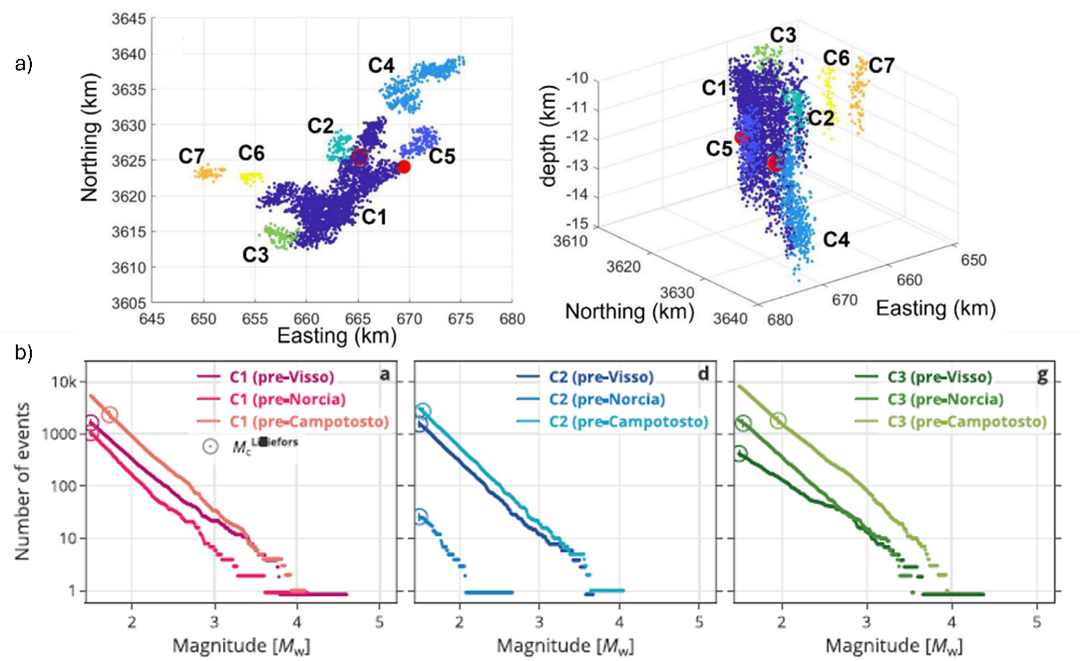 Fig. 3: a) Results of cluster analyses of 2016 Kumamoto seismic sequence (from Piegari et al., 2022). b) Magnitude–frequency distributions of the three biggest clusters identified for the central Italy 2016/2017 seismic sequence (from Herrmann et al., 2022).
Fig. 3: a) Results of cluster analyses of 2016 Kumamoto seismic sequence (from Piegari et al., 2022). b) Magnitude–frequency distributions of the three biggest clusters identified for the central Italy 2016/2017 seismic sequence (from Herrmann et al., 2022).
Active collaboration
Istituto Nazionale di Geofisica e Vulcanologia,
University of Southern California,
U.S. Geological Survey,
University of Bristol,
Engineering department University of Naples Federico II,
GFZ Potsdam,
GNS New Zealand,
ETH Zurich,
Stanford University.
